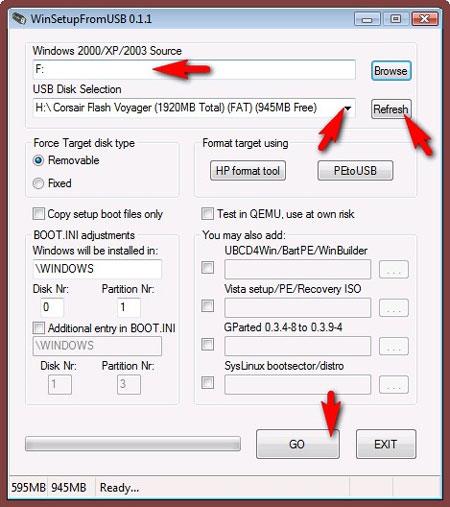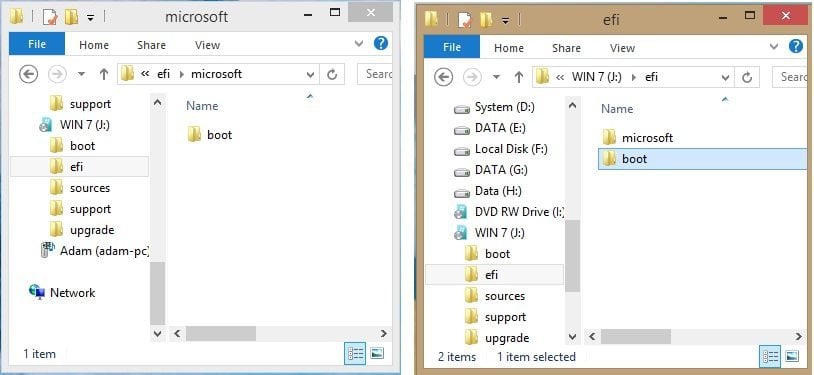

- #Create a bootable usb drive windows 7 efi how to
- #Create a bootable usb drive windows 7 efi install
- #Create a bootable usb drive windows 7 efi upgrade
- #Create a bootable usb drive windows 7 efi iso
- #Create a bootable usb drive windows 7 efi windows 8
Now the UEFI bootable USB disk should be ready to setup a new install of the Windows OS. Place in computer where it will be installed. In UEFI capable motherboards, make sure that UEFI is enabled. If the BIOS doesn’t detect the Bootable UEFI USB drive, you may need to select it as a boot option via keystroke. It is vital that you have UEFI enabled, or you will just boot via the BIOS (bad) and miss out on the joy that is UEFI. I’ve just done the above my self and can confirm it works well.
#Create a bootable usb drive windows 7 efi windows 8
Next Steps for UEFI Booting in Windows 8 and Windows Server 2012 If you are using Windows Vista SP1, Windows 7, Windows Server 2008 R2 (all 64bit). On the newly created USB disk, make a new dir called ‘EFI’, copy the ‘boot’ directory into the ‘EFI’ directory. With all OS’s prior to Windows 8 and Windows Server 2012, there is one more step. You are now ready to copy the UEFI installation files to the drive. Select all the files from the original Windows install media, and paste them into the USB disk.

Select disk x (where x is USB drive number from listįormat fs fat32 quick (vital it’s FAT32 for UEFI boot to succeed if NTFS fails) Make a UEFI Bootable USB Drive via Diskpart Here is a quick guide to the diskpart commands you will be using: When you get to the command “select drive” choose the number that corresponds to the USB device you want to format.īe careful if you choose the wrong drive you could loose data on that drive.

#Create a bootable usb drive windows 7 efi iso
#Create a bootable usb drive windows 7 efi upgrade
One big UEFI upgrade is the ability to boot off of new devices easier.Īlthough the title suggests that this guide is for Windows 8 and Windows Server 2012, this should work for Windows 7 and Windows Server 2008 R2. UEFI is supposed to be the replacement for the venerable BIOS that has been with us since the 70’s. Now that I’ve finally joined the UEFI world with the ASUS P8z77 WS motherboard, I’ve been trying to get UEFI to actually work.
#Create a bootable usb drive windows 7 efi how to
Today we are going to look at how to make a UEFI bootable USB drive for Windows 8 or Windows Server 2012.


 0 kommentar(er)
0 kommentar(er)
